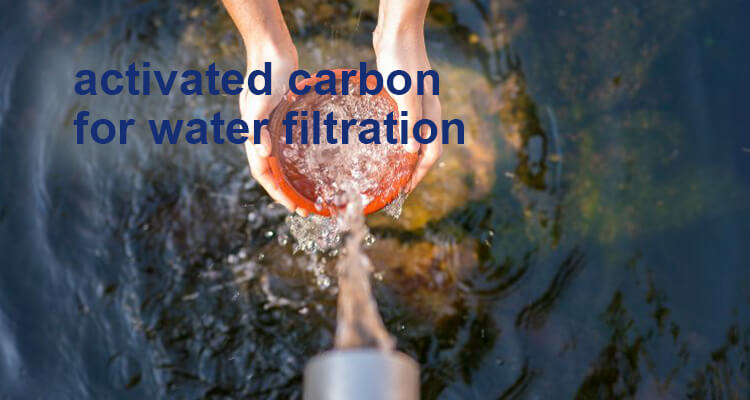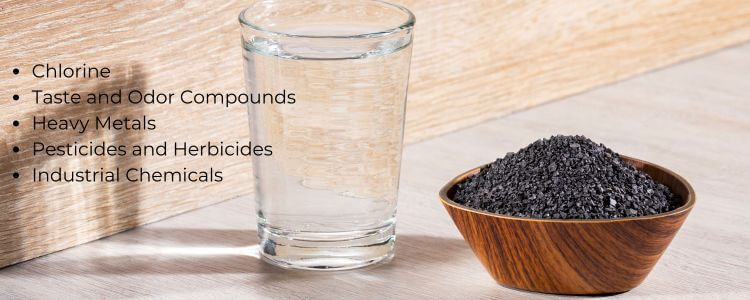
What is Activated Carbon Filtration?
Activated carbon is a form of carbon that has been processed to make it extremely porous and increase its surface area. This porous structure allows activated carbon to adsorb impurities from water, trapping them within its pores and leaving behind cleaner, clearer water.When water passes through an activated carbon filter, contaminants are attracted to the surface of the carbon particles and become trapped within the filter. This process, known as adsorption, is highly effective at removing a wide range of impurities from water.
What contaminants does activated carbon remove?
Chlorine:Chlorine is commonly used to disinfect municipal water supplies, but it can leave behind an unpleasant taste and odor. Activated carbon filters can effectively remove chlorine, improving the taste and smell of the water.
Volatile Organic Compounds (VOCs):
Wastewater typically generates foul odors, necessitating the use of activated carbon for adsorption, especially of volatile organic compounds (VOCs).
Taste and Odor Compounds:
Activated carbon can also remove compounds that contribute to the taste and odor of water, such as hydrogen sulfide and geosmin, providing a fresher and more enjoyable drinking experience.

Heavy Metals:
Heavy metals like lead, mercury, and cadmium can leach into water sources from various sources, posing serious health risks. Activated carbon filters can adsorb these heavy metals, reducing their concentration in the water and making it safer to consume.
Chloramines:
Chloramines are disinfectant compounds often used as an alternative to chlorine in water treatment. Activated carbon filters can effectively remove chloramines, ensuring that water is free from these potentially harmful chemicals.
Pesticides and Herbicides:
Agricultural runoff can introduce pesticides and herbicides into water sources, contaminating drinking water supplies. Activated carbon filters can help remove these chemicals, protecting against potential health risks.
Industrial Chemicals:
Activated carbon is also effective at removing a wide range of industrial chemicals and pollutants from water, including pharmaceuticals, petroleum byproducts, and synthetic chemicals.

